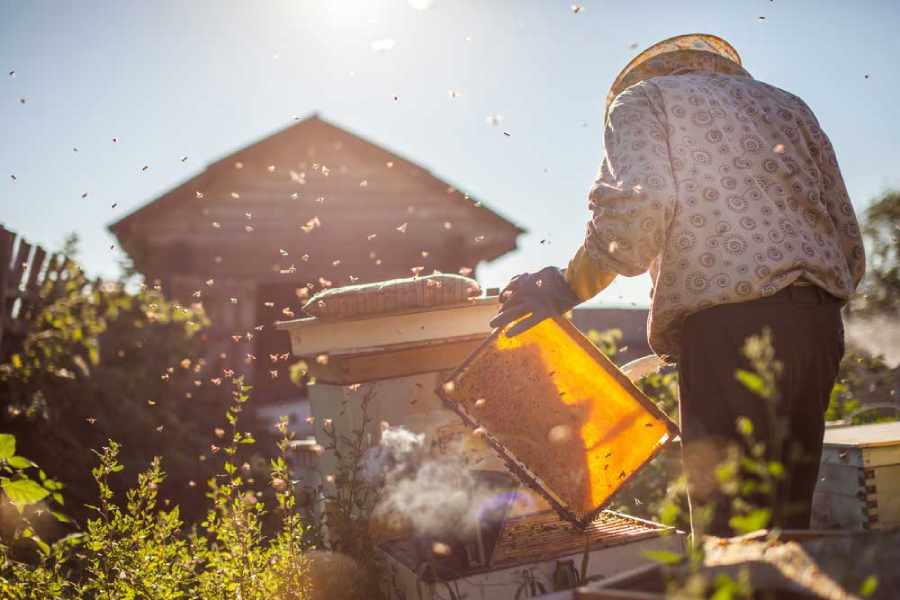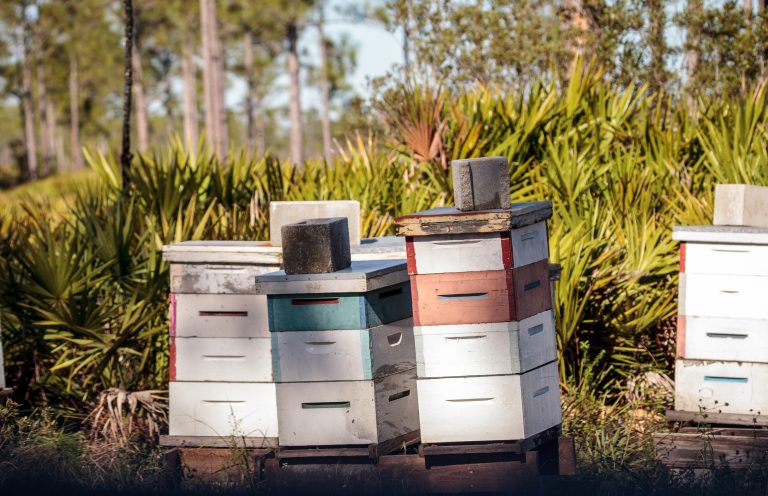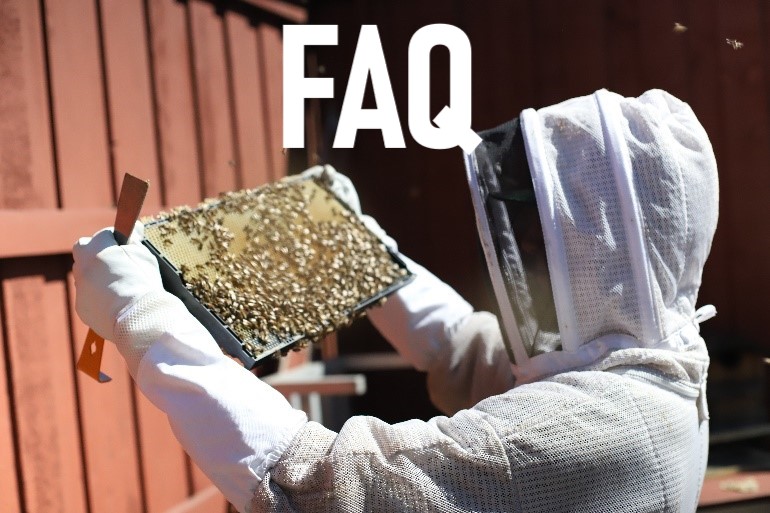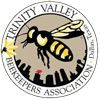
Updated: February 12, 2017
Steps of the Beekeeping Process
If you are a stranger to beekeeping or are merely trying to get into the beekeeping business, it is crucial to understand how the beekeeping process works. Many safety precautions need to be kept in mind and the best ways to start the beekeeping system. Here are some of the best insights when looking into the beekeeping process and how to best ensure your beekeeping venture's success.
Purchase Your Bees
It may sound odd to think that you would have to purchase your first set of bees, but did you feel that they would come to you? Get ready to make your bee purchases before spring rolls around. January is a great time to order bees for shipment by April or May. A local beekeeping association will help you determine how to navigate this process and the type of package you should call for your needs.
Select the Right Hive System
As far as hive systems go, there are two main ones that beekeepers utilize; the Langstroth hive and the top-bar hive. Both methods are great and built for the safety of the bees and beekeepers alike. You will need to decide what system and system build suit your needs best.

Top-Bar Hive

Langstroth Hive
Beekeeping Supplies
When starting your first beekeeping project, we recommend starting with two hives. Your odds of success are more substantial by having two separate packs.
The Standard Langstroth Hive
We recommend the Langstroth hive as your standard beehive. It is what local professional beekeepers use throughout Texas. The Langstroth hive includes a brood box and honey supers, queen excluder, frames, lid, and bottom board. All of these elements will help you construct the best beehive possible.
The Honeybee Suit
No beekeeper should work without a proper bee suit. We recommend the whole suit with a hat/veil that zips onto the suit for beginner beekeepers.
Other Beekeeping Supplies
- Bee Gloves
- Bee Brush
- Smoker
- Hive Tool
- Uncapping tool
- Honey Extractor
- Hive Stand or wooden pallet
- A safe place to put the hive.
Introducing Bees to Their New Hive
Once your bees arrive, it is time to give them a proper introduction to their new home. There are many ways to introduce your bees to their hive. It ranges from pouring bees on a bed sheet as close to the entrance as possible to feeding the swarm directly into their home. If you have questions about this, contact your local beekeeper in Houston, Fort Worth, or Dallas.
Maintain the Health of Your Bees
Although your bees will not be a massive time commitment, you will need to give them ongoing care from season to season. Most of your checking in on your bees is going to be observed. It can be a very satisfying experience as a beekeeper.
Your best bet for successful bee maintenance is further research and separating the tasks by the different seasons.
Join a Local Beekeepers Association
We highly recommend joining a local, state, or national beekeeper association. The local associations generally meet once a month for beekeeping classes, and it's the fastest way to learn about beekeeping. For Texas beekeepers, you can check out the Texas Beekeepers Association to learn more about beekeeping in Dallas, Fort Worth, and Houston.
Got a Hive and Not a Beekeeper? Call Bee Safe Bee Removal
If you have a beehive on your property and don't plan to become a Fort Worth beekeeper, you most likely want the hive removed. As professional bee removers and beekeepers, Bee Safe Bee Removal is the best local company to contact your bee problem. Call us today and find out more about our services and scheduling a time for a professional beekeeper to come to your home and make your beehive a thing of the past.










